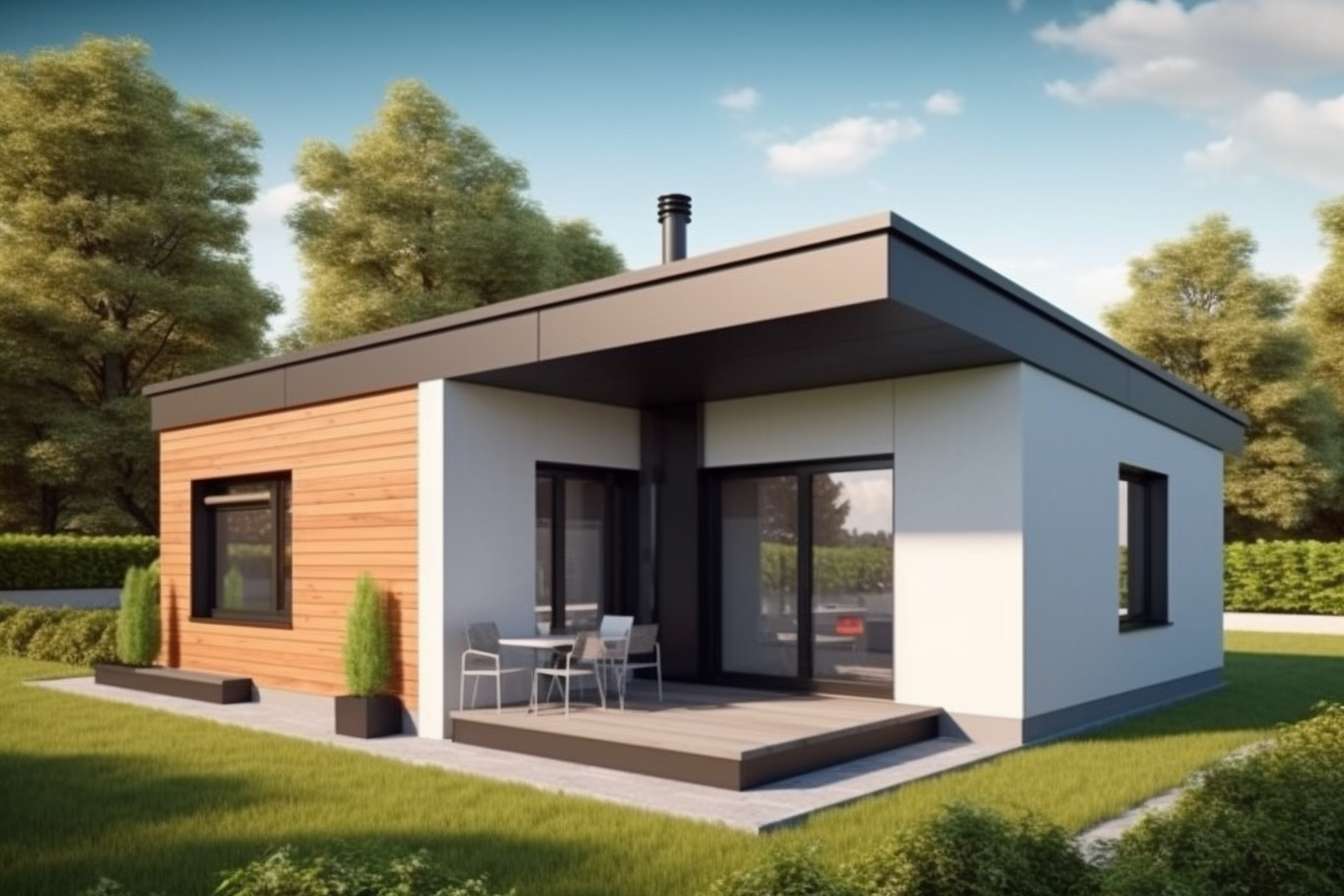Enhancing Your Home with a Sunroom: Benefits, Types, and Installation
A sunroom is a beautiful addition to any home, offering a unique space that blends the outdoors with the comfort of indoor living. These light-filled rooms provide a perfect spot for relaxation, entertainment, and even gardening, while increasing your home's value and appeal. In this article, we'll explore the world of sunrooms, from their various types to the installation process, helping you make an informed decision about adding this versatile space to your house.

The benefits of adding a sunroom to your home are numerous. Firstly, it increases your living space, providing an extra room for various activities such as reading, dining, or simply relaxing. Sunrooms also allow you to enjoy natural light year-round, which can boost mood and energy levels. Additionally, these spaces can be used to grow plants or create an indoor garden, bringing a touch of nature into your home. From a practical standpoint, a well-designed sunroom can improve your home’s energy efficiency by capturing solar heat in colder months and potentially reduce your heating costs.
What are the different types of sunrooms available?
Sunrooms come in various styles and designs to suit different preferences and architectural needs. Some common types include:
-
Three-season sunrooms: These are designed for use in spring, summer, and fall, with minimal insulation and typically no heating or cooling systems.
-
Four-season sunrooms: Fully insulated and equipped with heating and cooling, these rooms can be used comfortably year-round.
-
Conservatories: Traditional glass structures with ornate designs, often featuring a glass roof and walls.
-
Solariums: Similar to conservatories but with a more modern design, typically featuring floor-to-ceiling glass panels.
-
Screen rooms: The simplest form of sunroom, these are enclosed patios with screened walls that offer protection from insects while allowing airflow.
Each type of sunroom has its own advantages and considerations, so it’s essential to choose one that aligns with your climate, budget, and intended use.
How do you plan for a sunroom installation?
Planning for a sunroom installation involves several key steps:
-
Assess your space: Determine the best location for your sunroom, considering factors like sun exposure, existing structures, and yard layout.
-
Define your purpose: Decide how you’ll primarily use the sunroom to guide your design choices.
-
Set a budget: Research costs and set a realistic budget for materials, labor, and any additional features.
-
Check local regulations: Investigate zoning laws, building codes, and permit requirements in your area.
-
Choose a style: Select a sunroom type that complements your home’s architecture and meets your needs.
-
Consider energy efficiency: Opt for energy-efficient glass and materials to maximize comfort and minimize utility costs.
-
Hire professionals: Research and select reputable contractors experienced in sunroom installations.
Proper planning ensures a smooth installation process and a sunroom that meets your expectations.
What materials are commonly used in sunroom construction?
The materials used in sunroom construction play a crucial role in determining the room’s durability, energy efficiency, and overall appearance. Common materials include:
-
Glass: The primary component of most sunrooms, available in various types such as tempered, low-E, or double-paned for improved insulation.
-
Aluminum: Often used for framing due to its lightweight nature and resistance to corrosion.
-
Vinyl: A popular choice for framing, offering good insulation and low maintenance.
-
Wood: Provides a classic look and excellent insulation but requires more maintenance.
-
Polycarbonate: A lightweight, durable alternative to glass, often used for roofing.
-
Fiberglass: Used for framing in some designs, offering strength and thermal efficiency.
The choice of materials will depend on your climate, budget, and aesthetic preferences.
What should you expect during the sunroom installation process?
The sunroom installation process typically involves the following steps:
-
Site preparation: Clearing the area and creating a level foundation.
-
Foundation work: Pouring concrete or installing a deck-style base.
-
Framing: Erecting the structural framework for walls and roof.
-
Glass installation: Fitting windows, doors, and any glass panels.
-
Roofing: Installing the roof structure and materials.
-
Electrical work: Adding lighting, outlets, and any necessary wiring.
-
Finishing touches: Painting, flooring, and adding any interior fixtures.
-
Final inspection: Ensuring all work meets local building codes and standards.
The duration of the installation can vary depending on the sunroom’s complexity and size, but most projects take between two to four weeks to complete.
How much does a sunroom installation typically cost?
The cost of a sunroom installation can vary significantly based on factors such as size, materials, and complexity of the design. Here’s a general overview of what you might expect to pay:
| Type of Sunroom | Average Cost Range |
|---|---|
| Screen Room | $5,000 - $25,000 |
| Three-Season Room | $10,000 - $40,000 |
| Four-Season Room | $25,000 - $80,000 |
| Conservatory/Solarium | $30,000 - $100,000+ |
Prices, rates, or cost estimates mentioned in this article are based on the latest available information but may change over time. Independent research is advised before making financial decisions.
These costs typically include materials and labor but may not cover additional expenses such as permits, site preparation, or custom features. It’s important to get detailed quotes from multiple contractors and factor in long-term costs such as energy efficiency and maintenance when budgeting for your sunroom project.
Adding a sunroom to your home can be a significant investment, but it offers numerous benefits in terms of additional living space, increased home value, and enhanced quality of life. By carefully considering your needs, budget, and local climate, you can create a beautiful and functional sunroom that will be enjoyed for years to come. Whether you’re looking for a cozy reading nook, a vibrant indoor garden, or a versatile space for entertaining, a well-designed sunroom can transform your home and lifestyle.






